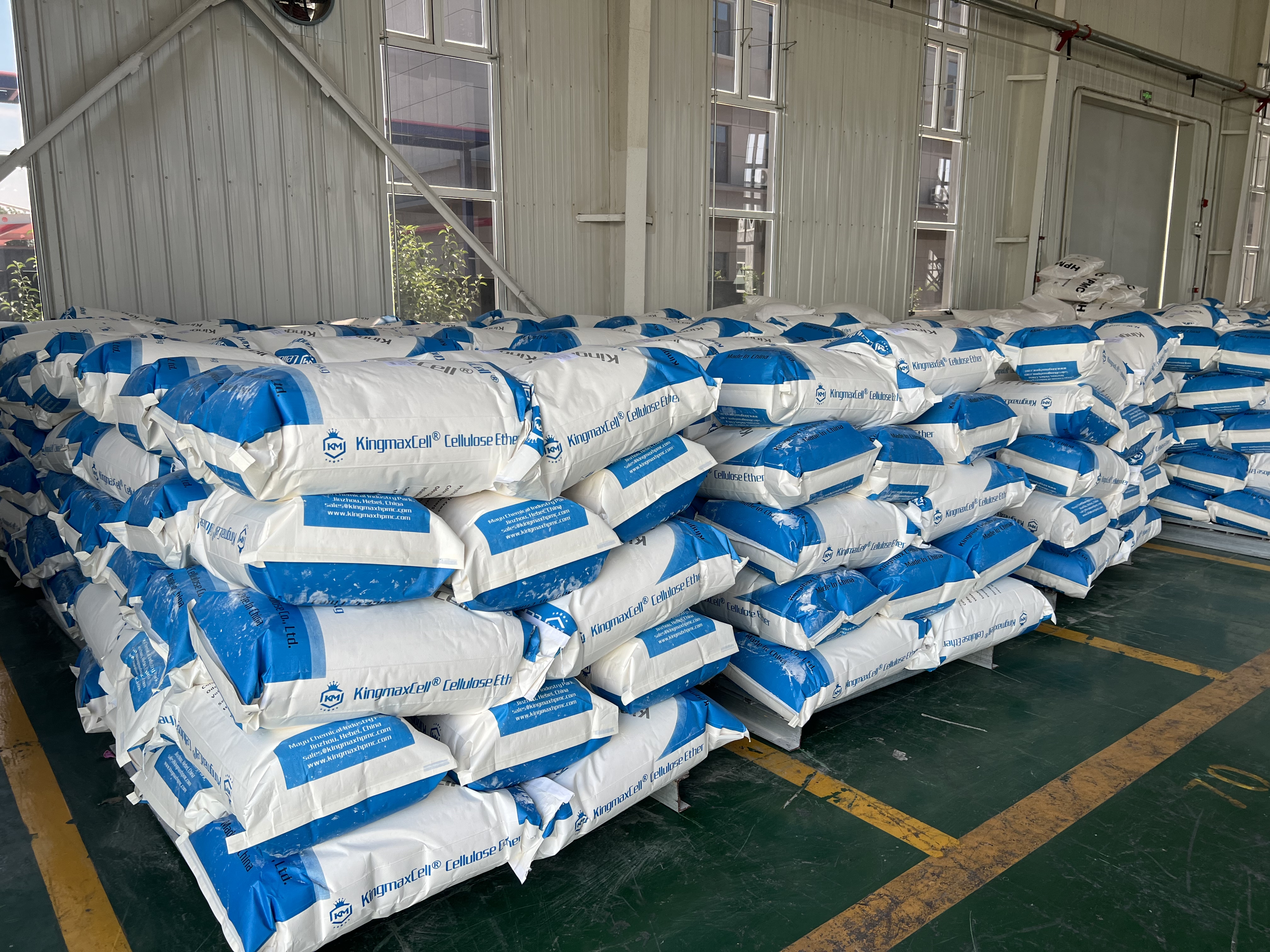Hydroxypropyl Methylcellulose (HPMC) is a versatile polymer that finds extensive applications in various industries. This article aims to provide a comprehensive overview of HPMC, exploring its properties, uses, manufacturing process, and notable advantages as an essential HPMC polymer.
Section 1: What is HPMC?
Definition: HPMC polymer is a semi-synthetic, water-soluble polymer derived from cellulose. It is produced through the chemical modification of cellulose, a natural polymer found in plants.
Chemical Structure: HPMC polymer’s structure consists of cellulose chains with hydroxypropyl and methyl groups attached, imparting unique properties to the polymer.
Section 2: Properties of HPMC
Water Solubility: HPMC polymer exhibits excellent water solubility, making it widely used in pharmaceuticals, construction, and food industries.
Viscosity Control: One of HPMC polymer’s notable features is its ability to control viscosity in various applications, such as in adhesives and coatings.
Film-Forming Ability: HPMC polymer can form transparent and flexible films, contributing to its use in the production of coatings and films.
Section 3: Applications of HPMC
Pharmaceutical Industry: HPMC polymer is commonly used as a pharmaceutical excipient, serving as a binder, disintegrant, and controlled-release agent in tablet formulations.
Construction Industry: In construction, HPMC polymer is employed in cement-based products as a water retention agent, improving workability and adhesion.
Food Industry: HPMC polymer is utilized in the food industry as a thickener, emulsifier, and stabilizer in various products, including sauces and desserts.
Section 4: Manufacturing Process
Etherification: The production of HPMC polymer involves the etherification of cellulose through reactions with propylene oxide and methyl chloride.
Purification: The resultant product undergoes purification processes to remove impurities, ensuring the final HPMC polymer meets the desired quality standards.
Section 5: Advantages of HPMC
Biodegradability: HPMC polymer is environmentally friendly, as it is derived from renewable resources and is biodegradable.
Versatility: Its wide range of applications showcases the versatility of HPMC polymer in diverse industries.
Safety: HPMC polymer is generally considered safe for use in pharmaceuticals and food products, adhering to regulatory standards.
In conclusion, Hydroxypropyl Methylcellulose (HPMC) polymer is a multifaceted polymer with significant applications across industries. Its unique properties, coupled with environmental friendliness, make it a valuable component in pharmaceuticals, construction, and food products. Understanding the various facets of HPMC polymer allows for informed decision-making in its application across different sectors.


